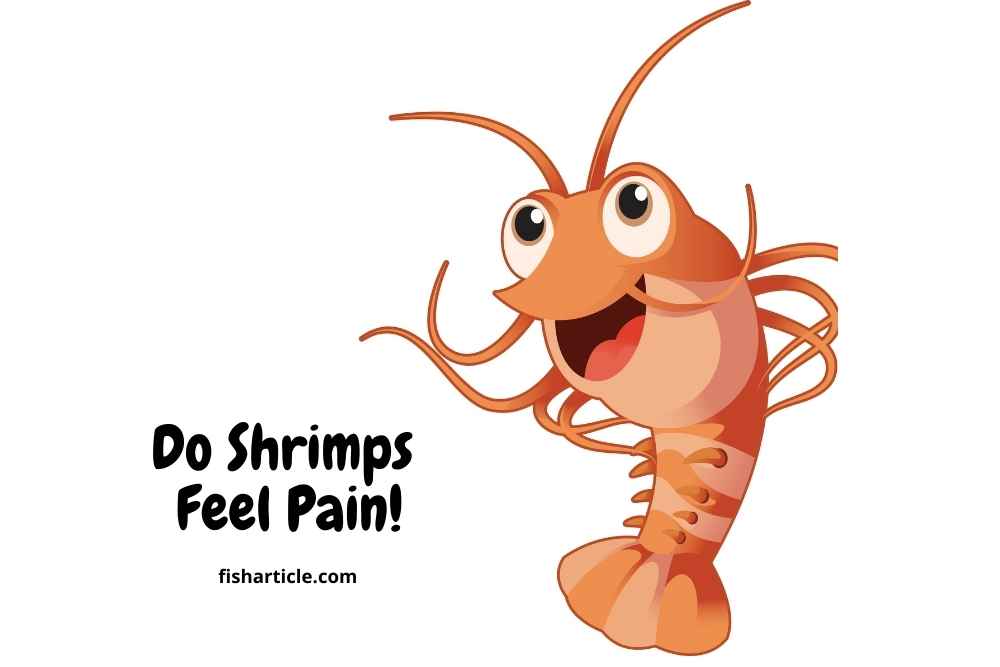Apparently, this is a question that has stumped scientists for some time. However, there is evidence that suggests shrimp do experience pain, albeit in a different way than humans.
For example, when injured, shrimp will often exhibit signs of distress such as fleeing or hiding. Additionally, when the shrimp’s nervous system is stimulated using an electric shock, they will react by trying to escape the stimulus.

What is Pain
Pain is the unpleasant sensation that animals feel when they are hurt. It is a natural response to injury or illness, and it helps animals protect themselves from further harm.
Although pain is essential for survival, it can also be a source of suffering. Animals in pain may cry out, become withdrawn, or exhibit changes in their behavior.
Pain perception is thought to occur through specialized nerve cells called nociceptors, which are located in the skin and other tissues. Nociceptors are sensitive to a variety of stimuli, including heat, cold, pressure, and chemicals.
When nociceptors are activated, they send signals to the brain that result in the perception of pain.
The experience of pain is different for every animal. Some animals may show little obvious reaction to painful stimuli while others may exhibit more pronounced behavioral changes.
It is a common misconception that animals do not feel pain. In fact, they do. Animals have the same nerve endings as humans and can therefore experience pain in the same way.
The difference is that they cannot tell us when they are in pain. This means that it is up to us to be aware of the signs that indicate they may be in discomfort.
The most obvious sign that an animal is in pain is if they cry out or make noise when touched.
If they yelp when you try to pick them up, or whimper when you pet them, it’s a good indication that something hurts.
Another sign to look for is if your animal stops eating or drinking. This could be a sign of illness, but it could also indicate pain.
Do Shrimps Feel Pain?
Shrimps are said to experience pain, according to Robert Elwood and his colleagues at Queen’s University Belfast in the UK. The 144 shrimps responded by grooming and massaging the irritated antenna for up to five minutes after being exposed to the irritant acetic acid.
However, there is some evidence to suggest that shrimp may experience some forms of pain. For example, when they are boiled in water, they often clamp their claws shut in an effort to avoid being boiled alive.
Similar focused responses have been observed in mammals subjected to unpleasant stimuli. The neural circuitry of crustaceans is capable of triggering a pain response.
However, it appears that there are many reasons why people are reluctant to ask questions regarding pain in invertebrates.
It is important to emphasize that the existence of pain is not established, nor can it ever be, until the day we get the crustaceans to tell us for themselves.
Other research shows that while experiencing something “painful,” crabs experience more than a reflex.
Furthermore, the idea that crustaceans experience pain continues to face severe resistance. Critics have cited various non-replicable findings on what was considered to be “pain” in crustaceans, as well as the small number of species tested, the “low bar” for evaluating pain criteria, and other factors.
For example, in the study examining the reactions to the injured antenna, researchers also applied an anesthetic to see whether it would lessen the stress response as it did for injured shrimp, but their results on this were incongruent with the shrimp study.